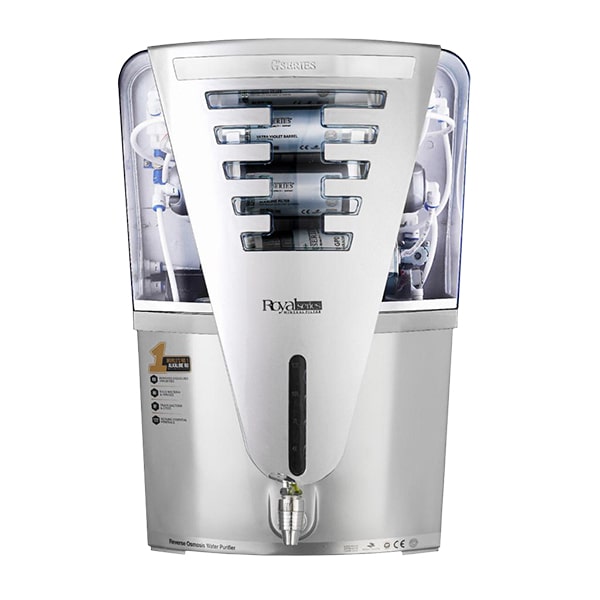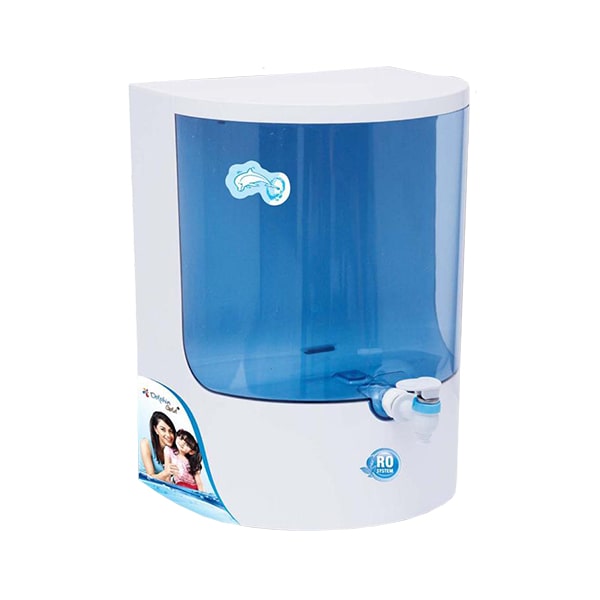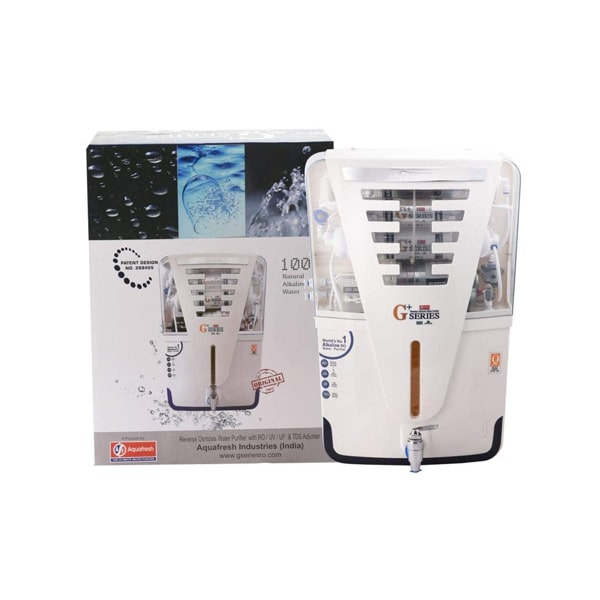Aquasafe Domestic RO Water Purifiers
We at AquaSafe are well known for our domestic as well as commercial water purifiers. We are a very well known organization, and we are trusted among our clients. We provide world-class systems to purify water and aim to set new benchmarks in the world of water purification. We maintain the highest level of quality and hygiene. So right from our roots, preventing contamination is our goal.
What is an RO Water Purifier?
RO water purifiers are the best when it comes to purification of water. Let us see how a Ro purifier works exactly:
At the heart of a Reverse Osmosis water purifier, there is a semi-permeable membrane whose capillaries are as small as 0.001 microns. When impure water passes through them, all contaminants and microorganisms get stuck on the membrane and cannot pass through. The water is sent at extreme velocity and pressure. On the other side, we will get pure water. So basically, the various filters and membranes filter out the contaminants including arsenic, copper, sodium, lead, and various other harmful elements. So if you want clean and good tasting water, RO is your solution.
How does RO Purifiers work?
There are various steps involved in an RO process to purify water. Every step removes a specific type of contaminant. It is not an easy job to make water safe for consumption, but with the various processes, RO makes it seem very easy. We at Aquasafe have different types of membranes and filters to purify water. Let’s take a look at the filters and membranes used in every RO system at Aquasafe:
● Sediment Filter
● Activated Carbon filter
● RO membrane
● UF membrane
● TDS Controller
● UV Lamp
Impurities removed by RO Purifiers
RO purifiers remove contaminants based on their size. The semi-permeable membrane can stop contaminants as small as 0.001 microns. Reverse Osmosis can remove almost 99% of the contaminants. These contaminants include arsenic, bacteria, nitrates, lead, fluoride, sulfates, and other microorganisms. RO can treat brackish and groundwater. The carbon filter present in an RO system helps remove chlorine and chloramines.
What is the need for RO Purifiers?
If you’re thinking to yourself that whether you should get an RO system or not and all the other advantages mentioned above don’t convince you then check your TDS level of the water supplied to you. RO or Reverse Osmosis is the only system available that removes pesticides, heavy metals, and such contaminants that are dissolved in water. It improves the taste and quality of the water.
Is RO Purification Safe for Consumption?
One question which comes to everyone’s mind is that what if the RO purifiers are removing the essential minerals along with contaminants. In case you’re wondering that, let us show you how RO works. The TDS controller present in the RO system helps in retaining all the essential minerals which are present in water. So the water you are drinking is not only contaminant-free but also healthy.
Points to consider before buying an RO Purifier
● You should think about taking an RO purifier only when the salt content in your region is much more than the advisable amount.
● Sometimes, RO is taken to kill bacteria or remove chloroform from the water. Yes, RO definitely works in this case, but it is always advised that for such said problems, the source of the problems should be traced and eliminated.
● It should be questioned if a proposal is made to reduce the salt content to less than 500 ppm.
● For customers who need an RO system for high salt content should ask questions on the volume of water that the media can handle. You should ask how long the media will work with that particular volume and what is the cost of a replacement media. It is also advisable to know about the monthly running costs.
● It is counterproductive to reduce the salt content to 10-20 ppm. In a non-potable system, if the salt content is very high, rainwater harvesting can be an excellent option.



